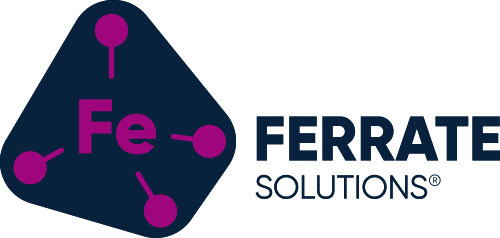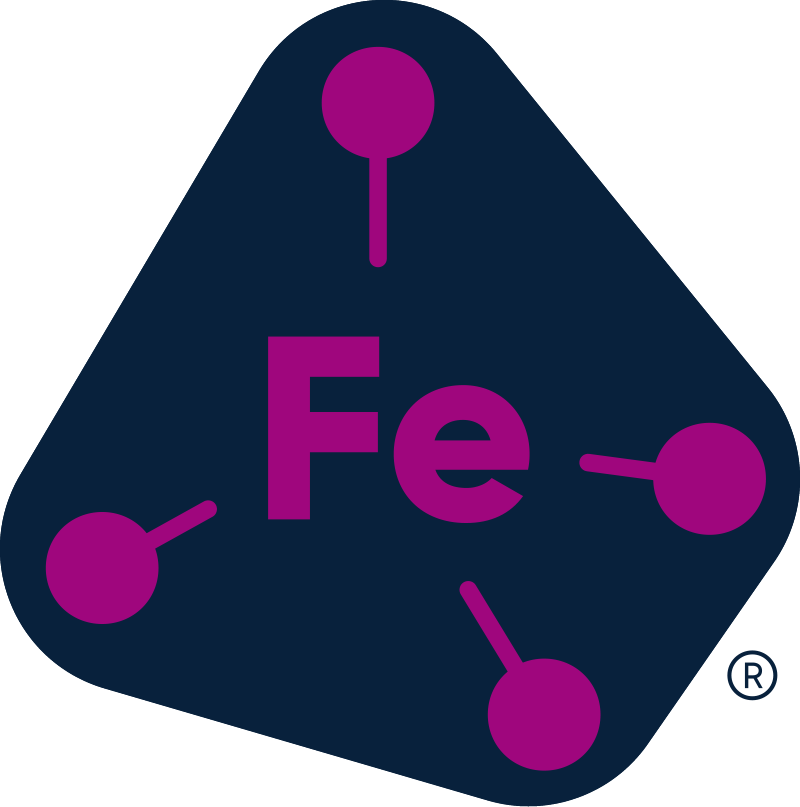Dorian’s Gone, So Let’s Get Back to Work on Biosolids
Since we have to do SOMETHING with our wastewater sludge, people should know the difference between it and “biosolids”, and why we need to remove ammonia nitrogen before spreading them on our fields.
– Dr. Tom Waite, Founder, Ferrate Solutions® Inc
As tempers rage, and tolerance wanes concerning the continual algal blooms destroying our surface and coastal waters, a new culprit is discovered. The news media, and politicians now have a new target for their angst, and it may be less contentious than the never-ending wastewater versus agricultural runoff debate. According to a recent news article, the Brevard County Commission is moving to ban domestic sewage sludge application on farmlands until extensive testing shows that this practice will not exacerbate algal blooms.
(Sewage sludge central? Officials fear waste from other communities threatens water supplies, J. Waymer, Florida Today 7/29/19). While this appears to be a noble cause, many people remain baffled about; just what is sewage sludge? and, why is this now a major cause of our water quality woes?
To a professional (a licensed environmental engineer) sewage sludge is well understood, both in its quality and the treatment processes required to safely dispose of it. It is important to keep in mind, that sludge is one of the end products of wastewater treatment, and it must go somewhere. However, to the nonprofessionals (meaning anyone not licensed in the field) sewage sludge may be an unknown commodity. So, in the lingo of today’s news casting: “here’s what you need to know about sewage sludge”.
“…VISCOUS, SEMISOLID, MIXTURE OF BACTERIA AND VIRUS LADEN ORGANIC MATTER, TOXIC METALS, SYNTHETIC ORGANIC CHEMICALS, AND SETTLED SOLIDS REMOVED FROM DOMESTIC AND INDUSTRIAL WASTEWATER AT A SEWAGE TREATMENT PLANT”
(Harper Collins Dictionary of Environmental Science)
Sewage sludge management has been (and still is) a major challenge to the wastewater treatment industry. 40 years ago, the then USEPA Administrator, after hearing that the agency estimated sludge production in the US soon would be >10 million gallons per day, was quoted as saying “THAT GIVES US ALL A MASSIVE ENVIRONMENTAL HEADACHE” (Chemical Week, Oct. 12, 1977). Shortly after this painful realization, and because suitable areas for sludge disposal were dwindling, the USEPA began allowing sludge to be spread on farm fields. (Business Week, Nov. 7, 1977). This was considered “recycling” sludge because of its high nutrient content (phosphorus and ammonia nitrogen). However, after 20 or so years people still weren’t thrilled about spreading (recycling?) sewage sludge on their crops, so the USEPA formed a “Name Change Task Force” to come up with a better name for “sludge”. (sound like a typical political solution to a real problem)? 250 names were submitted e.g. ALLGROWTH, PURINUTRI, BIOLIFE, BIOSLURP, BLACK GOLD, GEOSLIME, SEA-DOO, HUMANURE, HU-DOO, NUTRI-CAKE, etc; and in 1991 the USEPA settled on “BIOSOLIDS”. This of course wasn’t very helpful, as this excerpt from a newspaper points out “.….. IT’S OBVIOUSLY COMING FROM AN ENGINEERING MENTALITY. IT DOES HAVE ONE GREAT VIRTUE, THOUGH. YOU THINK OF ‘BIOSOLIDS’ AND YOUR MIND GOES BLANK” (William Lutz, Seattle Times, 1/31/92) However, undaunted the USEPA, now armed with this clever solution, changed its Part 503 Technical Standards, switching “Sludge” to “Biosolids”. This automatically changed what was previously a “Hazardous Waste” to a “Class A” fertilizer. Simple eh? But wait… there’s more ….
The USEPA made a major push to allow “biosolids” to be used on agricultural lands. They were supported by University researchers and industries that were trying to make saleable products out of sewage sludge. As is often the case (unfortunately), skullduggery happens. In this particular case, the Co-Chair of a USEPA Peer Review Committee, who was a well-known soil chemist from Ohio State Univ. also happened to be: a paid consultant, a stock holder and a board member, of a large company that was in the business of converting sewage sludge to fertilizer. That committee was responsible for recommending that the USEPA modify its Part 503 Regulations to allow an increase in the heavy metal concentrations in sludge-based fertilizers. (Toxic Sludge is Good for you ….. Lies, Damn Lies, and the Public Relations Industry. J. Stauber, and S. Rampton. Common Courage Press, Monroe, Maine (1997)
After this rather controversial affair there was (almost) chaos about whether sewage sludge should be land applied for agriculture or not. The regulatory agencies were working hard to convince the public to use this “resource” as they were well aware of the rapidly diminishing options that WWTP had for sludge disposal. An example of the resistance:
TO ENTERTAIN THE VIEW THAT THE BENEFITS OF APPLICATION OF SEWAGE SLUDGE TO AGRICULTURE WILL OUT-WEIGH THE HARM IS EITHER SENTIMENTAL EVASION, OR SHORTSIGHTED GREED. UNCERTAINTY, BECAUSE OF UNPREDICTABILITY IS THE UNAVOIDABLE CHARACTER OF SEWAGE SLUDGE. AND WHEN UNCERTAINTY RISKS DAMAGE TO ALL LIFE OF THE ORDER THAT INDUSTRIAL’S SOCIETY’S TOXIC CHEMICALS CERTAINLY INVOLVE, GAMBLING ON THE DANGEROUS ROUTE IS ABSURD.
Civilization and Sludge. Abby Rockefeller (1998)
So, where are we now? Most countries around the world (including ours) condone land (agricultural) application of sewage sludge, if it meets certain quality standards. These standards usually focus on toxic metals and bacteria only, and it is assumed that nutrients are a good thing. Because Florida does not have a lot of heavy industries, metals are not a big problem with sewage sludge reuse. The main “nutrient” of concern in sewage sludge is ammonia nitrogen, which has been shown to be one of the main factors causing blooms of toxic cyanobacteria. Ammonia is extremely mobile in the environment, and quickly migrates through ground water into canals, lakes, and estuaries. Phosphorus, on the other hand complexes with soil materials and remains bound and available for uptake by crops. So, there should be caution in land- applying (unprocessed) sewage sludge where the nutrients (NH4+) could become mobile and impact surface waters. However, as our history lesson taught us, sewage sludge disposal is a MAJOR societal challenge, and it must be disposed of …… somewhere ….
But all of this is to say, that there is a solution now, when there wasn’t before. Ferrate technology is now available, and it has been demonstrated to treat sewage sludge by: disinfecting all pathogens, oxidizing ammonia nitrogen, destroying toxic organics and personal care products, enhanced dewaterability, and preventing re-introduction of pathogens when land applied. Just sayin …..


Leave a Reply
You must belogged in to post a comment.